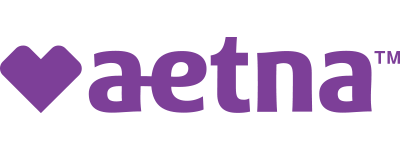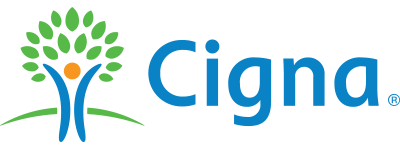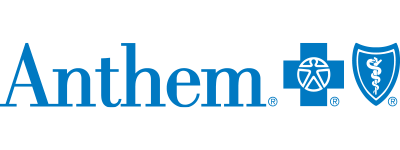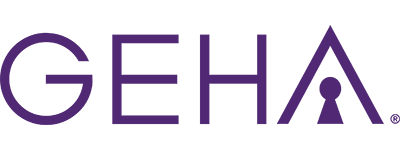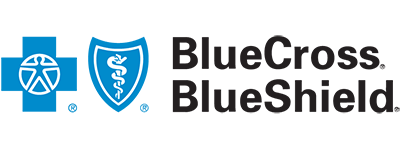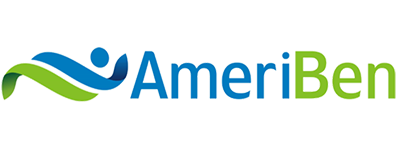Despite the fact that they’re underage, teens have access to different sources of illicit drugs and alcohol. Adolescent drug use continues to be a major health concern in the United States, with the use of alcohol and other intoxicants increasing significantly. By the time they graduate high school, nearly half of adolescents have used an illegal drug.
Because teens need some level of access to use drugs or alcohol, it’s helpful to know how they’re getting their hands on these substances. Is there a strategic operation going on, or is this happening right under our noses? Sadly, the pendulum swings toward the latter.
Here are the most common places where teens and adolescents get drugs and alcohol.
In Their Homes
Most adolescents admit that they can access a wide variety of mind-altering substances directly from their homes (or the homes of friends, grandparents, etc.). This makes sense, considering that many American adults keep alcohol in the home and don’t go through the trouble of locking it up.
Medicine cabinets are also a source for prescription medications. Common drugs found in the home are anti-anxiety meds, pain relievers and central nervous stimulants like Adderall. Because these medications tend to be freely placed in drawers and cabinets, teens are able to help themselves.
In Their Schools
Young people spend a large portion of their waking hours at school. One study reported that nearly one in five of their classmates drink, use drugs and smoke during the school day. Furthermore, one-third said it is fairly easy to do so without getting caught.
Not only do some teens use drugs at school, but also some store them in lockers. The same study found that 60 percent or more of teens admitted to drugs being used, kept or sold at school. Even if a teen isn’t abusing substances, they could be selling them to their friends.
With Fake IDs
At one point, roughly 7 percent of American high school students used fake IDs to buy and drink alcohol. But this number is expected to increase because the latest technologies make it easier to create counterfeit identification. Plus, modern scanners are having a harder time distinguishing between real IDs and fake ones.
While fake IDs are most known for purchasing alcohol, they can also be used to buy certain over-the-counter medications such as cough syrups and cold medicines. Young people take these medications in dangerously large quantities to get the desired effect.
On the Internet
People can buy pretty much anything on the internet these days, including illicit drugs and prescription medications. Online vendors, for example, may be located in other countries and willing to fill medications without a prescription.
There’s also the dark web, an encrypted subsection of the internet that people can access with special software. Even though the online drug marketplace Silk Road was shut down years ago (after making over $1 billion in sales), similar websites still exist today.
Preventing Teen Substance Abuse
While some experimentation with drugs or alcohol can be considered normal during adolescence, it can quickly take a young person down a dark and dangerous path. Knowing where teens are getting their substances can help us think proactively, such as by storing liquor in a locked cabinet or discarding unused prescription medications. You never know when a decision like this will prevent a teen from starting down this path.
Wolf Creek Recovery is an Arizona drug rehab that has three different phases of treatment – Phase One, Phase Two and Extended Care. Contact us today to learn more about our programs and how we help our clients to be the best versions of themselves.
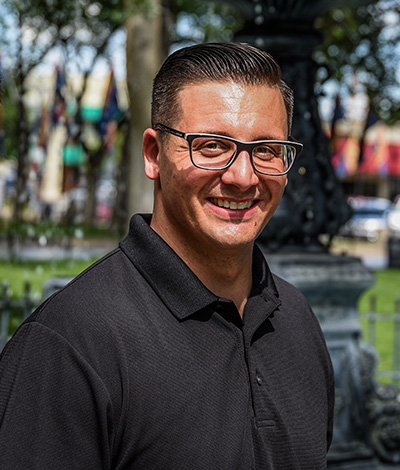
Finding purpose in pain is what Jonathon does best. He is a strong advocate for those suffering from substance use disorders. As a person in recovery, Jonathon knows how important it is to receive empathy and compassion. He recognizes that each person comes from a different set of circumstances and deserves to be valued and respected.
With a fresh perspective and compassionate attitude, Jonathon works closely with clients to help them let go of the past and know when to take necessary risks. The recovery process is ongoing, which means people need to move forward while applying the skills learned in treatment. Jonathon is a great motivator when it comes time for this!
Jonathon also places emphasis on the family unit and how it can make or break the recovery experience. Individuals with active, supportive families have far better outcomes. Jonathon realizes that it’s impossible to move mountains overnight, but with the right support team and positive attitude, anything is possible.

